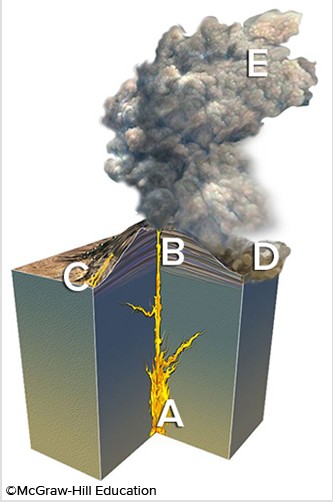Describe the impact of the Soviet era on urbanization in the Russian Domain. Proceed to discuss the changes in urban patterns since the end of Soviet era for the Russian Domain.
What will be an ideal response?
Marxist philosophy promoted urbanization and the region went from largely rural to largely urban in fifty years. Soviet planners emphasized the efficiency in clustering populations in urban areas. Industrialization in the region was also closely connected to urbanization. Cities were strictly planned by the government. Cities were designed for different purposes ? some for specific industries or others as administrative centers. The Soviets also built mikrorayans which were urban high-rise apartment blocks located on the fringes of cities, where schools, industries and shopping centers were located to create a miniature of an urban community on the fringe of the city. After the end of the Soviet Union, people could move freely between cities and regions and many former industrial cities were largely abandoned. Many older industrial areas have become depopulated in the new era while large urban areas such as Moscow and St. Petersburg have swelled with population.
You might also like to view...
More and more wind deflection occurs with height because
A) friction increases with height and deflection by the Coriolis Effect decreases with wind speed. B) friction decreases with height and deflection by the Coriolis Effect decreases with wind speed. C) friction increases with height and deflection by the Coriolis Effect increases with wind speed. D) friction decreases with height and deflection by the Coriolis Effect increases with wind speed.
In a typical Af or Am climate, the small seasonal temperature variations that do occur are a result of:
A) changes in vegetation cover. B) changes in cloud cover. C) changes in evaporational cooling rates. D) changes in solar radiation.
What gas is in the largest quantity when released in a volcanic eruption?
A. carbon dioxide B. sulfur dioxide C. water vapor D. fluorine E. hydrogen sulfide
The site on the accompanying figure that would most likely form a rock that is fine grained (has small crystals but is not glassy) is:
A. A B. B C. C D. D E. E